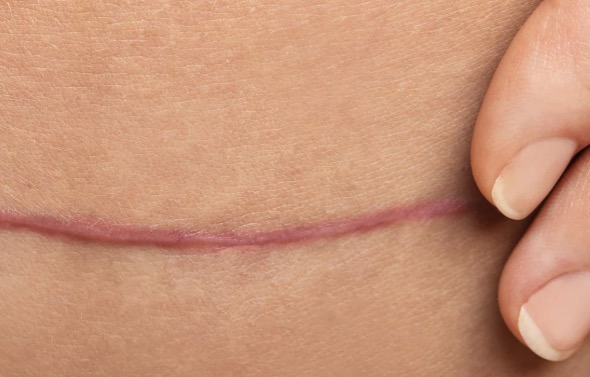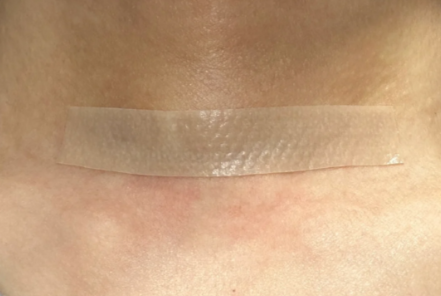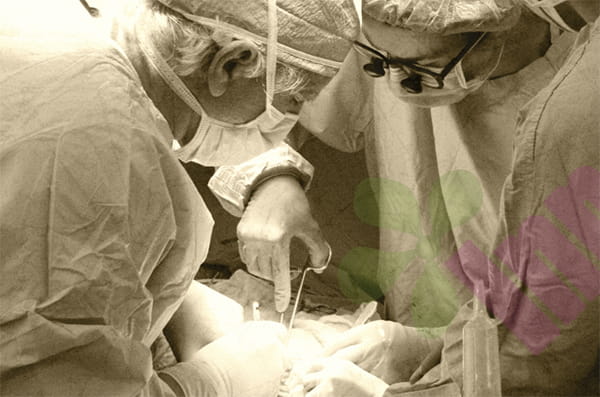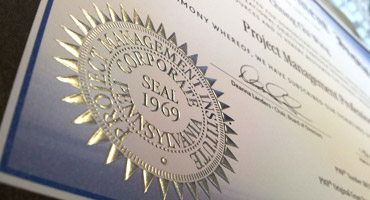Dry autumn weather conditions present unique challenges for wound healing and scar prevention. Low humidity and frequent temperature fluctuations can disrupt the normal healing process and increase the risk of scarring. Taking targeted preventive measures can effectively reduce the likelihood of noticeable scarring from autumn wounds.

Why are obvious scars more likely to form in autumn?
Decreased humidity is the primary contributing factor. A dry environment accelerates moisture evaporation from the wound surface, leading to local cell dehydration and affecting epithelial cell migration. Reduced sebaceous gland secretion thins the skin's natural protective membrane, weakening its barrier function. Temperature fluctuations cause repeated contraction and dilation of blood vessels, impacting the local blood supply. In autumn, the proportion of long-wave ultraviolet rays increases, providing greater penetrating power and stimulating pigmentation in newly formed tissue. Temperature differences between indoors and outdoors increase the skin's regulatory burden, reducing its repair capacity.
How to keep wounds moderately moist?
Choosing the right occlusive dressing is crucial. Hydrocolloid dressings form a gel-like protective layer on the wound surface, maintaining constant moisture. Foam dressings offer excellent fluid absorption and thermal insulation, making them suitable for wounds with high exudate levels. Film dressings have low moisture permeability and effectively prevent evaporation. Dressing change intervals should be adjusted based on exudate levels to avoid frequent changes that damage new tissue. Scar patches, used under a doctor's guidance, provide both moisturizing and moderate pressure.
What are the special points in wound care in autumn?
Strengthen local protection and avoid friction between clothing and the new skin. Wear soft cotton clothing to reduce physical irritation to the wound. Control the temperature and duration of bath water and use mild, weakly acidic cleansing products. Apply moisturizer immediately after bathing to lock in moisture. Maintain an appropriate indoor humidity; it is recommended to use a humidifier to maintain a relative humidity of 50%-60%. Wear sun protection when outdoors, as new skin is particularly sensitive to ultraviolet rays.
What products can help prevent scarring?
Silicone preparations are internationally recognized as a first-line preventive product. Silicone gel forms a protective film on the skin's surface, regulating the moisture content of the stratum corneum. Silicone patches provide both moisturizing and gentle pressure. Onion extract preparations have anti-inflammatory effects and inhibit fibroblast proliferation. Vitamin E oil can enhance the skin's moisturizing ability, but caution is advised regarding the potential for contact dermatitis. Centella asiatica ointment promotes the orderly arrangement of collagen and improves scar texture.
How can nutritional support help with scar prevention?
Ensure adequate intake of high-quality protein to provide raw materials for tissue repair. Increase vitamin C intake to promote collagen synthesis and cross-linking. Supplement zinc to accelerate epithelialization and wound healing. Consume more essential fatty acids to maintain skin barrier function. Supplement vitamin A in moderation to regulate epithelial cell growth and differentiation. Drink plenty of water to avoid dry skin.

When is professional intervention needed?
Persistent erythema lasting more than one month after wound healing. Scars that are significantly raised above the skin surface and have a firm texture. Symptoms such as pain and itching are present. Scars on joints that affect normal function. Scars that are large or located on exposed areas, such as the face. Patients with a history of keloid formation.
How to observe the progression of scars?
The scar begins its hyperplasia phase 1-3 months after wound healing, appearing red, hard, and possibly itchy and painful. After 3-6 months, it enters its involution phase, gradually darkening in color and softening in texture. After 6-12 months, it matures, becoming closer to your skin tone and softening further. This process can last 1-2 years, so continued care is crucial.
For more information on Innomed® Silicone Scar Dressing, refer to the Previous Articles. If you have customized needs, you are welcome to contact us; You Wholeheartedly. At longterm medical, we transform this data by Innovating and Developing Products that Make Life easier for those who need loving care.
Editor: kiki Jia

 English
English عربى
عربى Español
Español русский
русский 中文简体
中文简体








